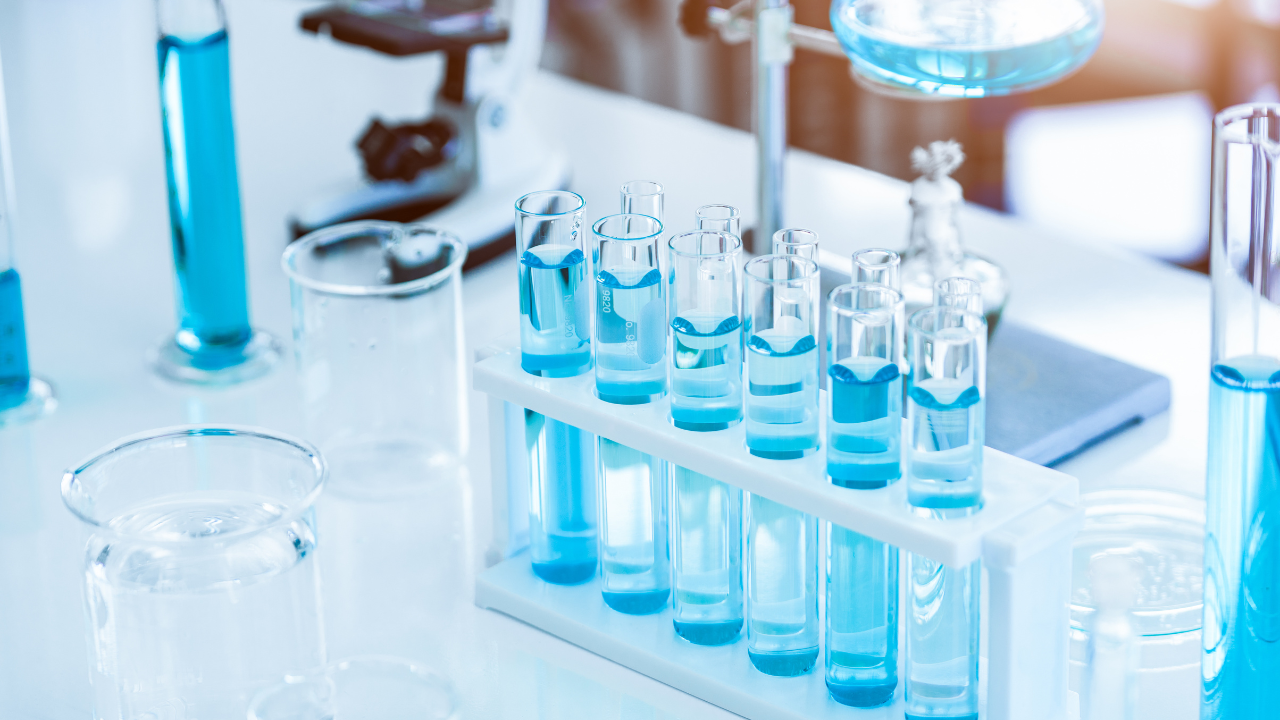- Sustainability
- DE&I
- Pandemic
- Finance
- Legal
- Technology
- Regulatory
- Global
- Pricing
- Strategy
- R&D/Clinical Trials
- Opinion
- Executive Roundtable
- Sales & Marketing
- Executive Profiles
- Leadership
- Market Access
- Patient Engagement
- Supply Chain
- Industry Trends
Biosimilars Report Shows Challenges, Opportunities Across Disease States
Cardinal Health report highlights new biosimilar treatments, legislative developments, and multiple industry perspectives.

Cardinal Health has published this year’s version of its annual biosimilars report. The report offered insights on multiple developments in biosimilars such as economic, competitive, legislative, and societal areas. Reportedly, 2023 was a major year when it came to biosimilar developments, with numerous experts providing commentary on the abundance of changes that occurred throughout the year. Looking forward, Cardinal Health stated that 2024 will be a critical year for retina biosimilars specifically.1
"It is more important than ever that all stakeholders of the healthcare ecosystem understand the significant benefits biosimilars offer to patients, providers, practices and payers alike," said Fran Gregory, PharmD, MBA, VP, Cardinal Health Emerging Therapies, in the report introduction. "The savings generated by biosimilars will play an increasingly important part in creating a balance between funding innovative new treatments and reducing the overall financial burden on the healthcare system. This report offers critical context on this rapidly changing clinical and market landscape, and the role biosimilars will play in increasing the accessibility and affordability of care."2
By 2027, spending for US healthcare expenditure is expected to reach $6 trillion, with biologics representing approximately 46% of spending, but only 2% of prescriptions. Gregory said that introducing and implementing biosimilars are vital to managing these costs, projected to yield savings of $181 billion through 2027. As a result, it would alleviate the financial stress on the healthcare system and reallocate savings toward innovation in treatment for complex conditions.1
“Rising healthcare costs are a burden shared by our entire society. That’s why when I think about the positive impact new treatments are having on patients, I also consider their potential impact on the healthcare economy,” explained Gregory in the report. “With biosimilars, that impact is key to creating a balance between spending on leading- edge treatments and finding the necessary savings to reduce the overall financial burden on the healthcare system.”
In 2023, the FDA approved 46 biosimilars, with a reported seven given designations of interchangeability, saving a further $9.4 billion and augmenting patient access in the process. Gregory credits the launch of Humira (adalimumab) biosimilars as a significant event, offering multiple competitors to one of the world’s top selling drugs, giving patients an additional option, and offering an opportunity for savings.
Gregory also mentioned that there has been a great deal of legislative interest regarding biosimilars.1
“Given the costly U.S. prescription drug market and the potential for savings that biosimilars offer, it is no surprise that there is increasing government interest in biosimilars. In November 2022, U.S. Sen. Mike Lee (R-UT) introduced the first version of the ‘Biosimilar Red Tape Elimination Act.’ This bill would prohibit the FDA from requiring biosimilars to undergo switching studies to receive an interchangeability designation. This change would bring the U.S. in line with the EU, where biosimilar adoption is more widespread, likely due in part to fewer barriers to market entry,” Gregory wrote in the report. “Sen. Lee’s original bill did not progress in Congress. However, in July 2023, Sens. Lee, Ben Ray Lujan (D-NM), Mike Braun (R-IN) and J.D. Vance (R-OH) introduced a new version of the ‘Biosimilar Red Tape Elimination Act.’”
Focusing on this year, retinal biosimilars are expected to play a major role in influencing further use of these products overall. As a major part of the report, Cardinal Health surveyed ophthalmology providers to obtain an understanding of continued obstacles with using biosimilars. Close to 80% of the participants indicated a level of familiarity with biosimilars, with less than 60% ever prescribing them; however, 82% were in favor of doing so if it became the payer’s preferred treatment.2
Regarding retinal treatments that are already on the market, Regeneron’s Eylea could soon face biosimilar competition, as multiple biosimilar manufacturers are in the process of Phase III clinical trials or pending.1
“Utilization of Eylea and Stelara biosimilars will likely be driven by the potential cost savings for payers, however, it is unclear how pricing strategies and payer dynamics will unfold. This will continue to be a space to watch for anyone with an interest in the healthcare system,” the study reported.
References
1. 2024 Biosimilars Report. Cardinal Health. February 29, 2024. Accessed February 29, 2024. https://www.cardinalhealth.com/en/product-solutions/pharmaceutical-products/biosimilars/biosimilars-report.html
2. Cardinal Health annual research report examines milestone year in biosimilars. PR Newswire. February 29, 2024. Accessed February 29, 2024. https://www.prnewswire.com/news-releases/cardinal-health-annual-research-report-examines-milestone-year-in-biosimilars-302075391.html
Pharm Exec Exclusive: Mark Cuban Talks Drug Pricing
June 7th 2024Now more than two years into launching his alternative and transparent drug payment model, the longtime entrepreneur, in an interview with Pharm Exec, discusses the prescription drug cost landscape and shares his recipe for true disruption to the pharma pricing machine.
Pricing Climate Impacting Commercial Considerations
May 3rd 2024In this Pharmaceutical Executive video interview, Jesse Mendelsohn, senior vice president at Model N, talks about the influence of Medicare Part D drug price negotiations on manufacturer go-to-market strategies and decision-making, and the industry’s response to the wider dialogue on pricing transparency.
